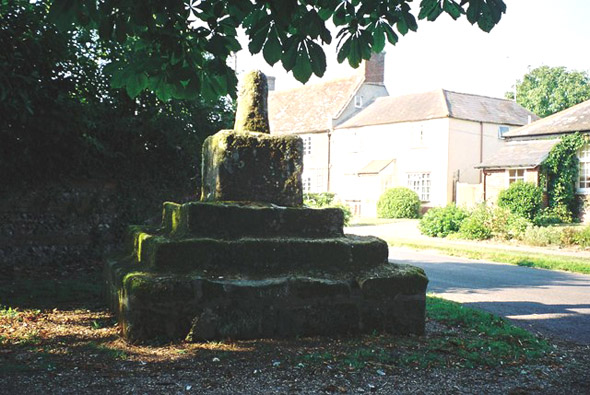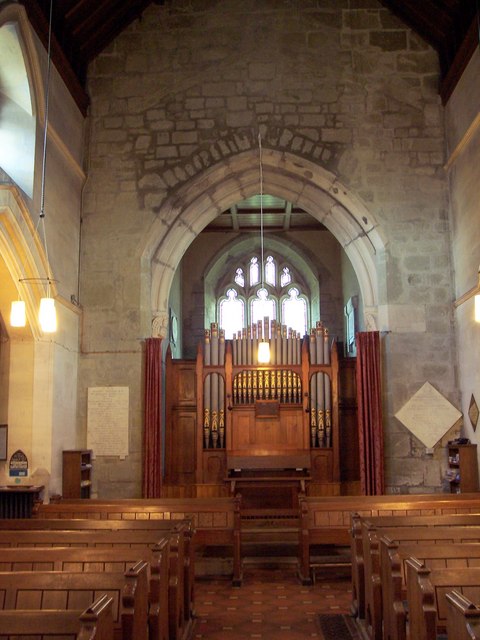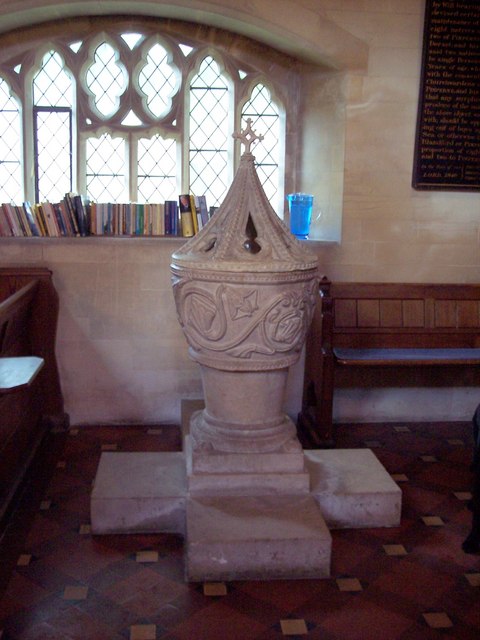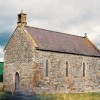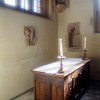Pimperne
Pimperne – A Village Fit for a Queen
A village fit for a Queen; so thought Henry VIII. He granted the Manor of Pimperne to his fifth wife Catherine Howard but only for the duration of her life. Henry had a clever head on his shoulders, for after he saw to it that Catherine lost hers, he granted the Manor in 1543 to her successor Catherine Parr, who had the good fortune to survive her husband.
In the late 18th and early 19th centuries villagers could still recall handed down memories of the Queen’s Walk, which apparently wound round the village but by then had long disappeared as had a maze that was famous in its day. Made from banks of earth about a foot high it was said: “It was the delight of the rustics on certain days of the year to thread this labyrinth, which was of a very complex pattern.” John Hutchins tells us the maze was ploughed into the ground in 1730.
We often acknowledge our indebtedness to Dorset’s greatest historian, John Hutchins, overlooking that it was his wife Anne, the daughter of the Revd. Thomas Stephens, a rector of Pimperne, who, at considerable risk to her own life, saved her husband’s manuscripts when fire struck at Wareham. (See our story John Hutchins in the Biography Category 13th of January 2010.)
Sheltering under an ancient spreading chestnut tree about fifty yards from the church and just outside its gates is the village preaching cross. All that remains of the cross is the lower part of an octagonal shaft set in a square pedestal on a plinth of three steps, the lower step being well worn. All such crosses were ordered by Cromwell to be cut down to the height of a man, though this one is unusually tall. Some sources date the cross to the 14th century but the RCHM says it is: “probably late 15th century.” A soldier of the New Model Army was buried in the churchyard on the 16th of January 1645.
The churchyard is entered through a lynch-gate erected by the Woodhouse family as a memorial commemorating the life of Lieutenant Edward John Woodhouse of the family brewing firm and the Central India Horse, Major Oliver George Woodhouse of the West Kent Regiment who was killed at Dunkirk in 1940 and Colonel Harold Woodhouse, who collapsed and died during an air raid at Blandford Camp in 1943 while serving as Camp Commandant. (See our article Ansty Brewery: The Early Years, in the Hilton Category.)
There has been a church on this site since Saxon times. The present church is dedicated to St. Peter and was rebuilt in 1873-4 at the expense of Viscount Portman of Bryanstone; it incorporates evidence of the earlier building. The 12th century chancel arch has been reset at the north side of the chancel and the Norman south doorway was moved to the west end of the south aisle. In the vestry is a Norman font with beautifully carved flowers and twining stems on its bowl. The date of the conical stone cover is unknown but certainly came later and we are told was found buried in the churchyard. Hutchins records four bells, the oldest dated 1694; a further bell has been added.
Whether or not Henry’s wives spent any time at Pimperne is difficult to say but in view of the distance from London it is unlikely they visited often. The existence of a Queen’s Walk and the arms of Henry VIII in the Rectory suggest that they did visit Pimperne, in which case they would have worshipped at St. Peter’s Church.
The Rectory is a two storey house with tiled roofs and attics built from brick banded with flint. The present building dates from 1712 but incorporates parts of an earlier building of 1530. On a shield within the building is Henry VIII arms with crown, garter, dragon and greyhound supporters and with a rose and portcullis.
In a list of rectors since 1299 some noteworthy names appear including: Christopher Pitt who gained some recognition in the 18th century for his translation of the Aeneid; George Bingham, who followed him as rector, who ministered here for 52 years and the Victorian author the Reverend Charles Kingsley, who was curate here in the early 1840’s. Robert Frampton was born here in 1622 and went on to be Bishop of Gloucester between 1681 and 1691.
The village has been known as Pimperne since 1271, the name is thought to be from the Celtic words pimp and prenn meaning “Five trees”. Domesday Book tells us of forty families living here in 1086 when the village was surveyed together with Charlton Marshall and Hutchins records 80 families when he surveyed Pimperne. In more recent times the size of the parish has been increased by boundary changes: the Domesday settlement of Nutsford joined the parish in 1886; land in the south including the manor of Damory Court, mentioned in 1363, was transferred to Pimperne in 1894 and in 1933 small areas of Tarrant Hinton, Launceston and Monkton were taken into Pimperne. The census for 2001 records the population of the parish as being 995 occupying 447 dwellings.
Judging by the size of the Pimperne Long Barrow (330 feet in length and 140 feet wide), there would have been a sizable population here in Neolithic times. From the air a series of crop and soil-marks reveal an area of Iron Age dykes and enclosures. The barrow lies on the Tarrant Hinton side of the parish boundary.
Even after much chopping and changing Henry VIII never did find the right wife. John Williams of Pimperne faired better with his choice of wife and left in the church vestry a brass memorial to her. It reads: “Near this place lies the body of Mrs Dorothy Williams who deceased Nov. ye 24th Ano Dom 1694. Erected by her husband John Williams Cler. in memory of the best of wives.”
